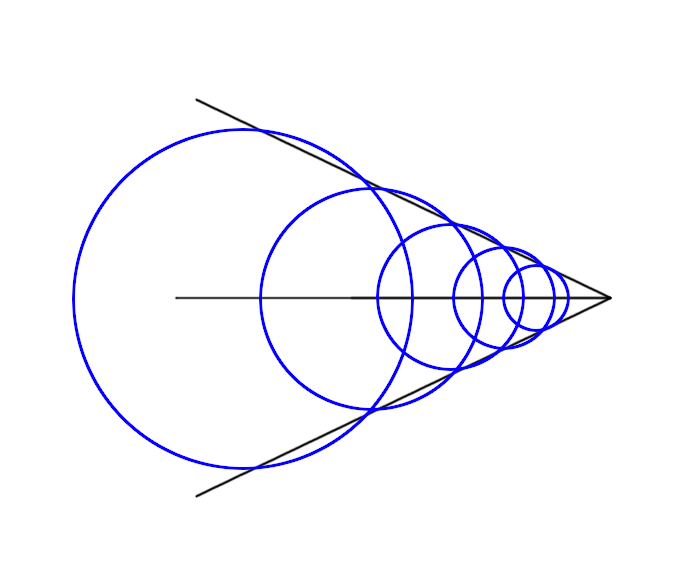|
Wake
Angle of a Duck
Consider this
duck:

Via: Goodstock
Images
and this one:

Via: Ted Soqui
(Getty Images)
And these ones:

Via: United States
Navy
All very
different types of ducks, but all share one thing
in common: the angles of their wakes are all
identical. This is because objects moving through
sufficiently deep water always exhibit the same
wake angle regardless of size, shape, or velocity.

This phenomenon was first studied by Lord Kelvin in
1887. Lord Kelvin was, among other things, an avid
sailor, who noticed that the angles of wakes
produced by his boats was always 19.5 degrees when
traveling at a constant speed irrespective of any
other factors. The mathematical proof that Lord
Kelvin presented for this is far beyond the scope of
this project. It is essentially caused by the duck
constantly producing waves of the same wavelength
and same velocity because it is traveling at a
constant rate. Since the waves produced travel
outward at a constant speed that is relative to the
speed of the duck, this forms a triangle whose sides
are always the same proportion and is therefore
similar in all cases, producing the Kelvin wake
angle of 19.48 degrees.

This explanation alone is insufficient to model the
wake, because it does not account for the waves
inside and outside of the wake. The wake is produced
by constructive interference of the wavelengths
produced by the duck, and the other waves are
destroyed by destructive interference. The
mathematical model of this is again far too
complicated for this project.


|